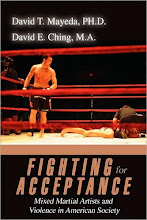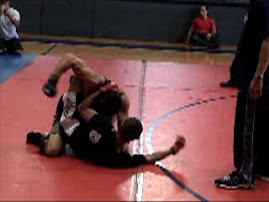 The Guardian has a story up about police in Bangladesh who reportedly beat workers in response to their demand for back pay and fair wages. As can be seen from the story's main picture, some of the reportedly abused workers are children.
The Guardian has a story up about police in Bangladesh who reportedly beat workers in response to their demand for back pay and fair wages. As can be seen from the story's main picture, some of the reportedly abused workers are children.Witnesses said at least 30 people, mainly workers producing garments for global brands, were injured. Pictures showed children apparently being beaten. Ten policemen were also hurt.
Although there has been violence for several weeks, today saw workers erecting barricades, pelting police with stones and attacking cars. Police described the fighting as the worst yet seen.
Children under the age of 14 are banned by law from working, but campaigners say many can still be found in the sprawling factories. Hundreds of teenagers took part in running battles with police today.
[...]
Many of the rioting workers are employed by plants which make ready-to-wear garments for sale in western high street stores.
"We worked for them," shouted one striking worker. "They are doing business and making money, but not paying us."
(Emphasis added).
As noted above, there is a direct link between the less than attractive (to put it mildly) working conditions and private clothing companies from the west -- but what companies??? Reading through the rest of the story, one ultimately gets the sense that this is an isolated domestic issue, impacted solely by Bangladeshi institutional conditions, not global business connections.
The garment industry accounts for more than 80% of impoverished Bangladesh's £10bn annual export earnings, according to commerce ministry data. The minimum wage, which is set by the government, was introduced in 1994 but remained unchanged despite soaring food prices until 2006.
[...]
The report cited a survey released last month by the Bangladesh Factory Inspection Department which showed that almost 15% of employers did not pay their workers on time between January and May. Many other factory owners did not pay overtime, while several continued to pay less than the government's minimum wage.
The garment industry accounts for about 40% of Bangladesh's total industrial workforce. Campaigners say wages have been cut by 20 to 30% recently in a country where almost half the population is already living below the poverty line.
Low levels of unionisation and organisation have meant protests that are chaotic but difficult for the police to predict or break up. Raids by protesters on well-known factories are frequent occurrences. Owners have hired their own gangs to protect their production lines.
In looking at the institutions mentioned in this story, they are all likely Bangladeshi: the "government" sets the minimum wage; the "Bangladesh Factory Inspection Department" ostensibly oversees working conditions in factories; the "factory owners" are likely middle managment contractors hired locally by the true corporate owners who are probably located back in high-income countries; "campaigners" would be grass-roots activists in Bangladesh that help with local "unionisation"; and finally, the "owners" (again, locally contracted middle management) hire local "gangs" to protect the factories.
It is as if the central corporate entities back in the west who truly drive the garment industry do not even exist, and therefore hold no responsibility in creating these oppressive, violent working conditions. Who are these companies? Why not name them? Are they not an important entity in this story and others like it around the world?
Here's the kicker line from the story: "Factory owners argue that the unrest risks frightening away western clients who need reliable deliveries." The irony in this statement is sickening. All that matters to the local factory owners is making sure Bangladeshi employees keep the peace (i.e., remain passive while being exploited) so that rich western clients don't take their business elsewhere. The western oppressors at the top of the food chain remain physically removed from the violence, exonerated from improving working conditions, revered by those in Bangladesh with the most power, and invisible in readers' eyes.

Best Blogs








This comment has been removed by the author.
ReplyDelete